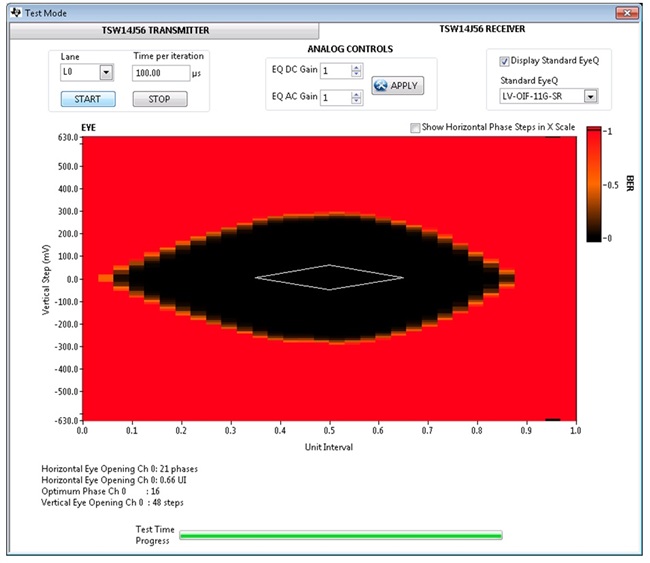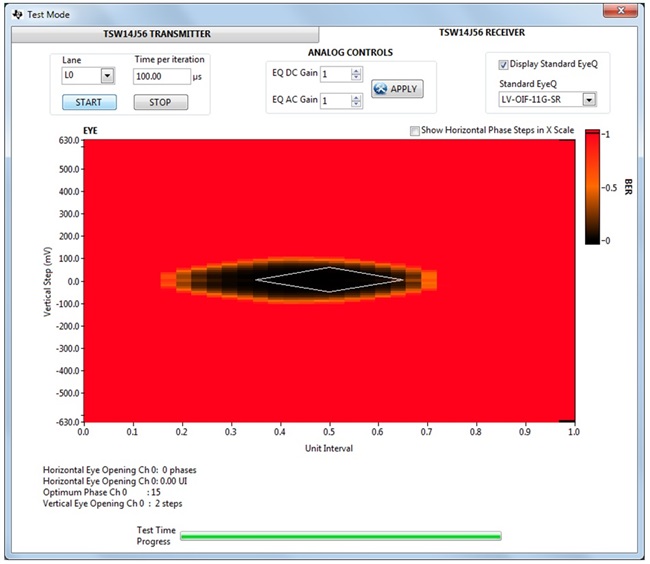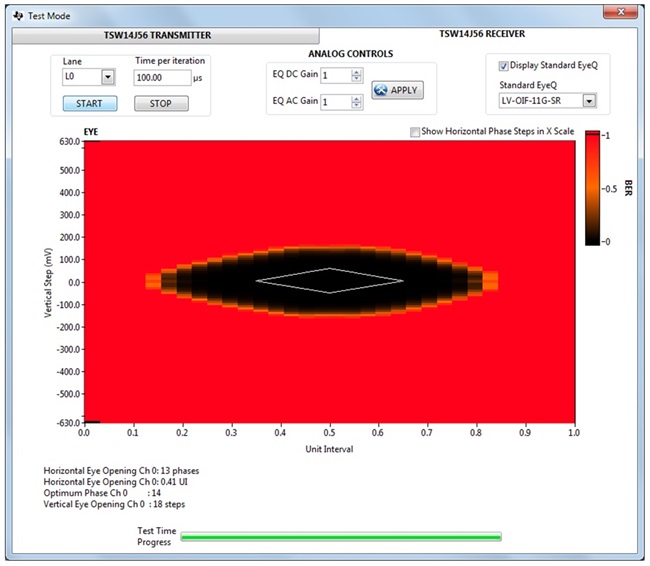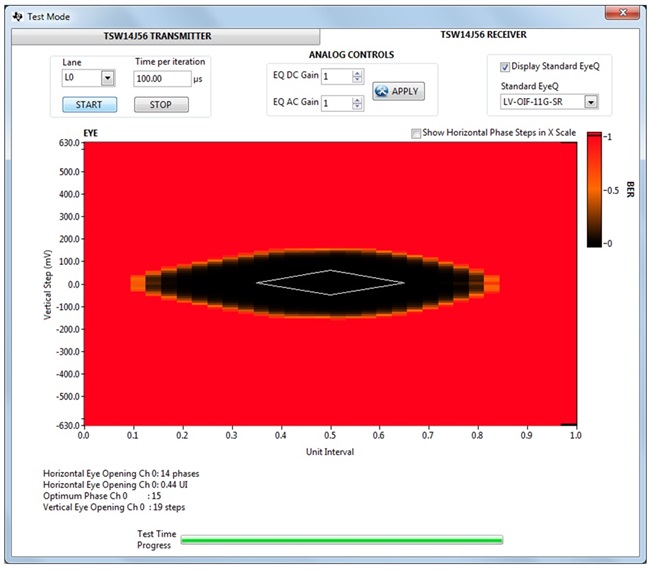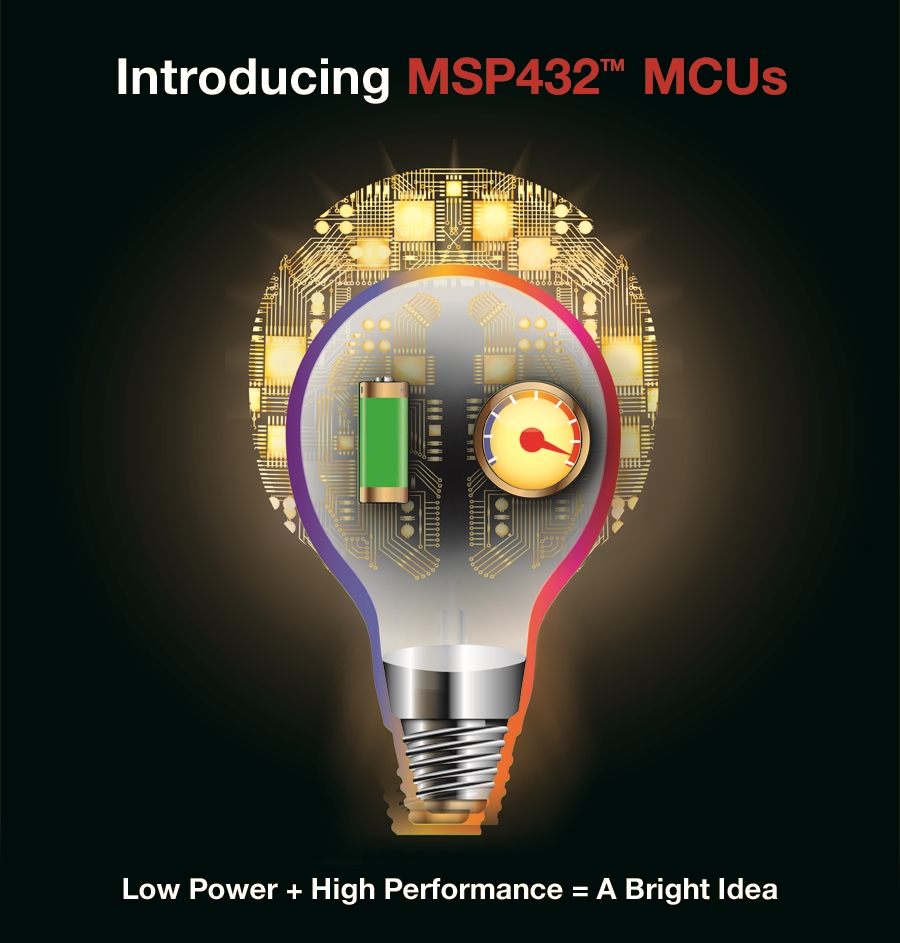Let’s hope that last night’s APEC 2015 Rap Session will be the last one on this topic1. While it was very well attended, it seems that it was also way too overstated. How many times do we need to be told what gallium nitride (GaN) can do?
I think most of the audience already understood that GaN has advantages in switching speed and the benefits that might be derived from these devices. Shrinking the power stage is attractive and higher bandwidth is helpful. GaN is at a point where power engineers can start developing solutions using this material. So why do we persist in spending any more time having a discussion centered around convincing a few stubborn engineers that GaN is a viable switch for power applications? It could be that when you have nothing more to say, you simply start to repeat yourself.
The rap session opened with a market analysis that delivered some value. It is hard to understand where some GaN players are in their development efforts, so these updates are informative. A power conversion performance analysis by Ionel Dan Jitaru followed the market analysis. I did not find it to be much different than papers presented at APEC 2013, but the first-timers may have drawn some benefit from it.
The rest of the discussion just gave me this dizzying feeling of déjà vu. Several times the issue of available suitable drivers and controllers for GaN came up, and I thought, “OK, here we go …” But then the discussion returned to yesteryear’s GaN topics. I wish there had been more discussion on the GaN ecosystem. While someone did mention that just replacing your super-junction silicon metal-oxide semiconductor field-effect transistor (MOSFET) with a GaN device doesn’t get you what you paid for, sadly it was just left at that.
An analogy I like to use is having automobile tires that can handle 200mph but the car has only 60mph suspension, breaking and steering. Yes, you can drive 200mph tires at 60mph, but where is the benefit? It is time to start developing the rest of the solution. We need GaN drivers that can not only handle the speed and propagation delay but help the GaN device itself be even better. These drivers should also help make GaN devices easier to use and result in power designers completing high-performance designs with fewer iterations.
We need higher-performance controllers with enough feedback bandwidth to reap the benefits from higher-frequency operation. And we need finer resolution for dead time, duty cycle and frequency. So there is more work to do. While some digital controllers have much of what is needed, there is room for more innovation.
Next year, let’s have a Rap Session that discusses more about what we need to extract the value from wide-bandgap (WBG) devices. Or maybe next year we can talk about the ecosystem needed for silicon carbide (SiC).
Please comment and let me know your opinion. And let the APEC organizers know what you would like to be included in these sessions – after all, this is our conference.
- “Rap Session 2: Wide Bandgap Semiconductors devices in Power Electronics – Who, What, Where, When and Why?” APEC 2015.








